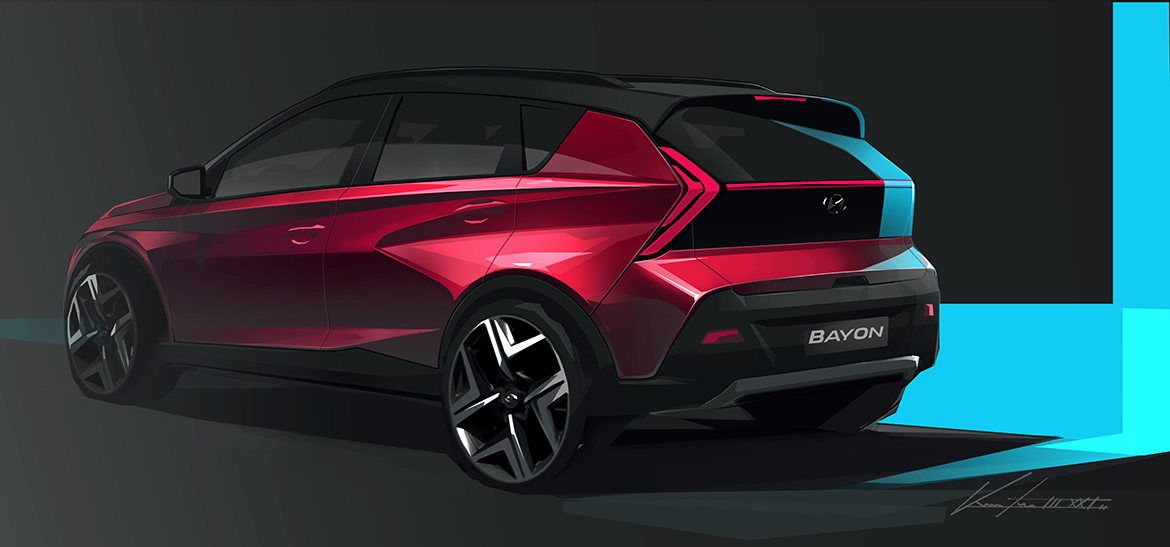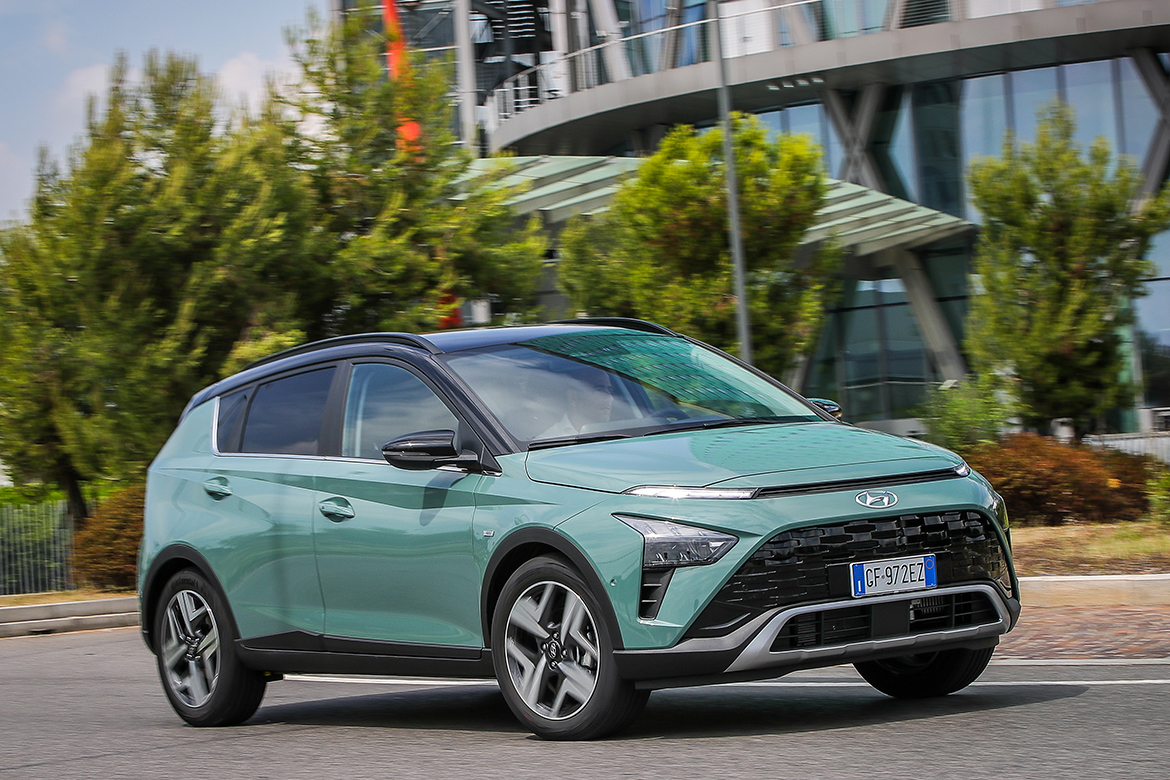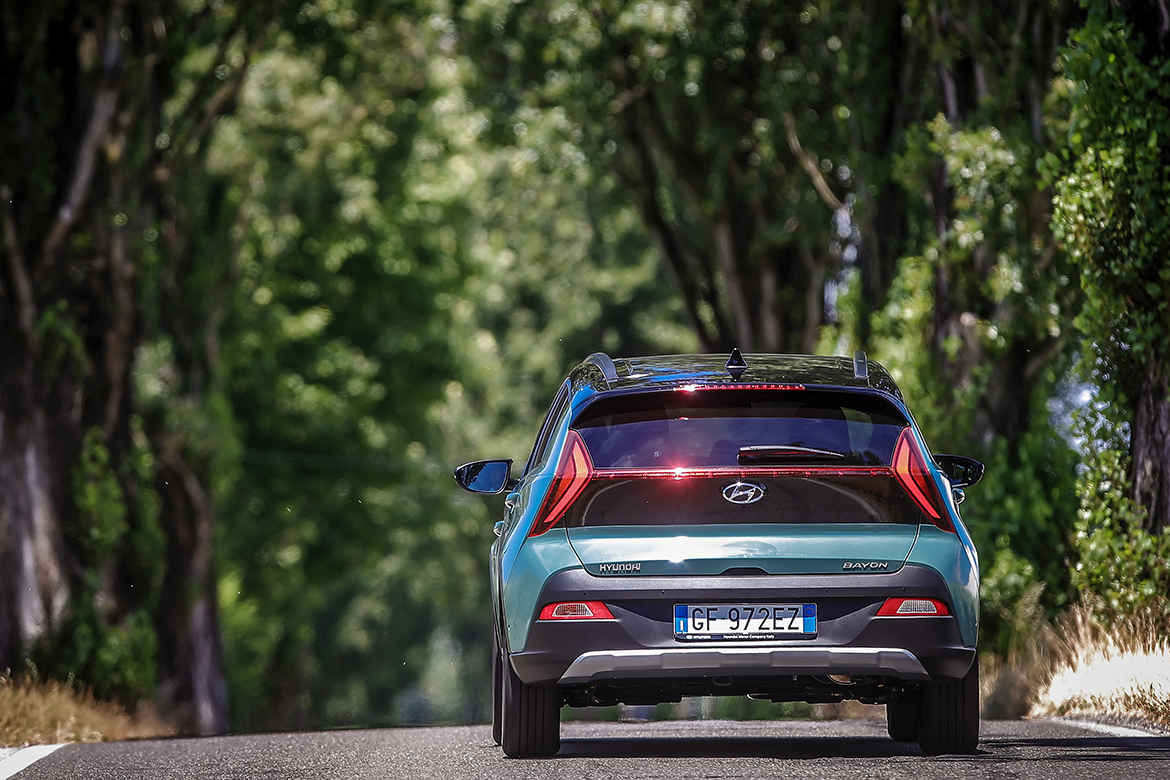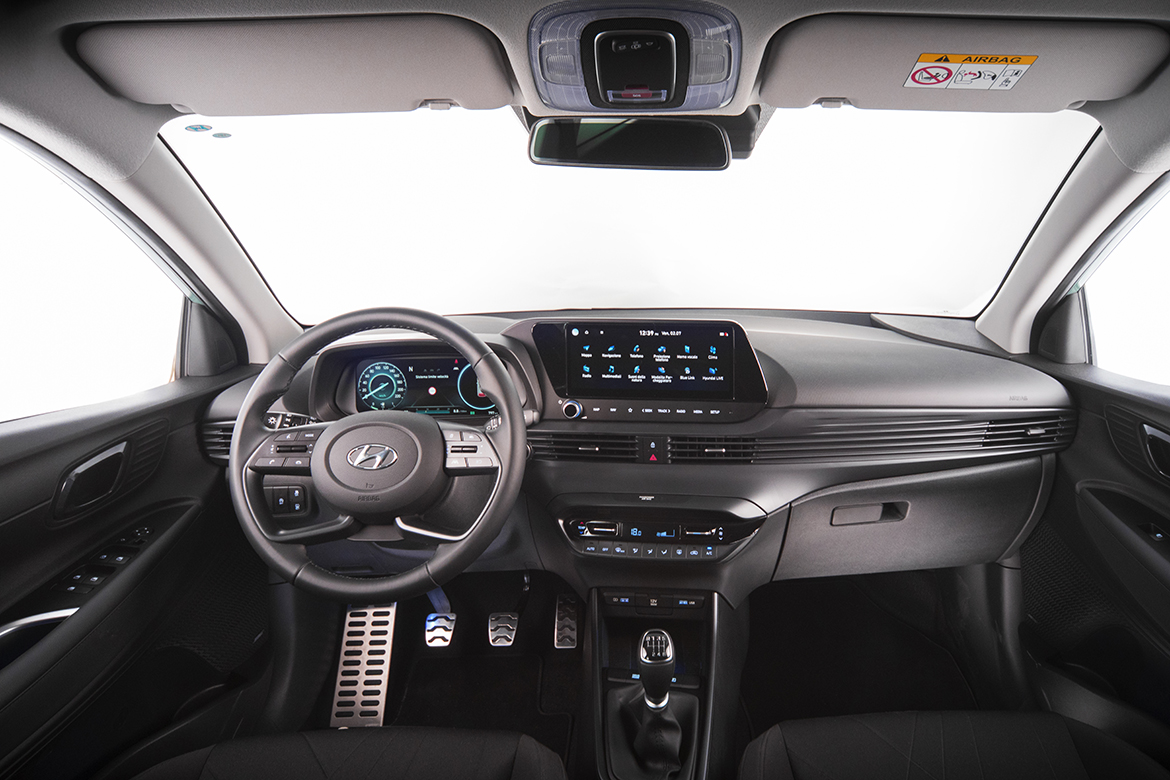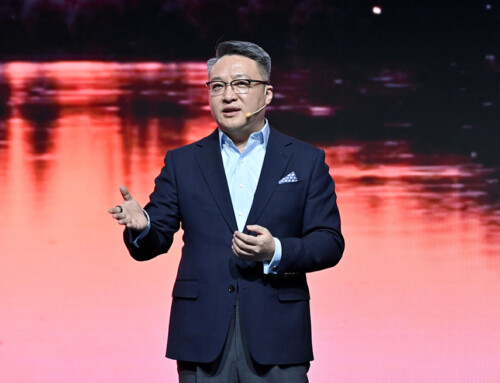The fact that SUVs are becoming the “dominant species” in the automotive market is not only shown by market shares and the increasing supply, but also by the way in which this is developing. We are seeing an increasing proliferation of models that appear to be in the same segment but that differ in their intended use. A difficult task for those who define the designs: to preserve the brand identity while bringing out the different characters at the same time.
Hyundai Bayon is the latest example, but also one of the most obvious, because it goes to complete the offer, next to, and slightly below, the popular Kona, but with a more distinct compact family car vocation. The approach is hence simpler, but in no way more boring or predictable. What strikes the most is the way in which the more generous and less streamlined tail volume has been enlivened, producing an overall fresh and pleasant line.
This is thanks to the design of the lights, with an arrow theme that is repeated in the interior graphics of the sidelights, stop lights and blinkers, but also to the reflective strip that joins them together, creating lively effects with the light on the bodywork. The front end also boasts unusual motifs: the wide, slim LED daytime running lights are connected to the air intake just under the bonnet and also house the dynamic blinkers, while the main headlights, which are gathered lower down, mark the verticality and height of the body, whilst giving solidity at the same time.
The arrow-shaped profile surrounding the headlight housing and the dummy air intakes underneath is also replicated here, and is repeated in the slashes on the sides and in the profile of the inside of the rear view mirrors, whose recessed shape also has an aerodynamic effect. Inside, however, there is a subtle yet prominent asymmetry, visible in the design of the central tunnel and the orientation of the instruments.


